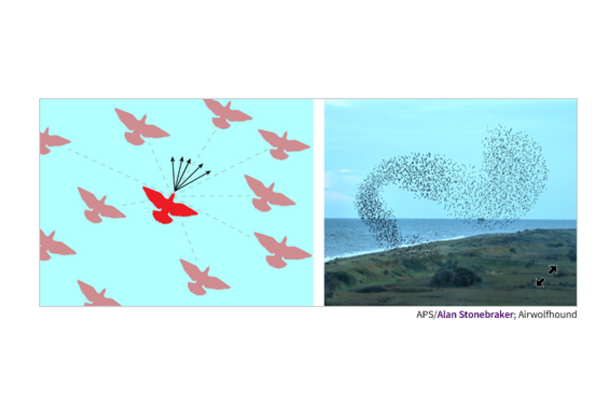Two prestigious publications for our network dynamics researchers
Maxime Lucas is an FNRS Research Fellow in the Department of Mathematics and a member of the naXys Institute. He works on complex systems within the "Network Dynamics" cluster headed by Professor Timoteo Carletti. He is co-author of two papers on complex systems, recently published in prestigious journals Nature Physics and Physical Reviews Letters.



